Brilliant Blue G250 CAS: 6104-58-1 | MF: C47H48N3O7S2•Na | MW: 854.02, Buy now Histological Stains & Dyes for Histology, Cytology, Microbiology, Hematology & Biology Lab from TriStains. All Tristains products are exclusively distributed by Dawn Scientific Inc.
Brilliant Blue G250 typically appears as a dark blue or purple powder. Brilliant Blue G250, also known as Coomassie Brilliant Blue G-250, is a synthetic dye commonly used in biochemistry and molecular biology for protein staining. Brilliant blue G 250 (C.I. 42655) is a member of Coomassie brilliant blue (CBB), which is a triphenyl methane dye. Its molecular formula is C47H48N3NaO7S2. Brilliant Blue G250 is also known as Coomassie Brilliant blue G 250 (C.I. 42655), Acid blue 90, Brilliant Blue G, Cyanine G, Polar Blue G, SERVA BLUE G, protein gel stain. The dye has a high affinity for proteins, allowing it to selectively bind to and stain proteins in solution.
TriStains provides a marketplace for histology and biological stains, which is comprehensive enough to encompass the peculiar requirements of laboratories specializing in Histology, Cytology, Microbiology, and Hematology. With a reputation for exceeding quality expectations, TriStains performance is outstanding which allows for resolution of cell and tissue components fundamental to life sciences to be clearly visualized. Each product under TriStains series is validated for accuracy, reliability and consistency. TriStains, which manufactures and markets stains and indicators in various packing, offers laboratories turn key solutions for all their staining and indicator needs, improving accuracy in every experiment.
Application :
- Brilliant Blue G250 is widely used for the visualization of proteins separated by sodium dodecyl sulfate-polyacrylamide gel electrophoresis. It is commonly used in the Coomassie Blue staining method, where proteins are visualized as blue bands against a clear background.
- CBB G-250 (greenish tinted blue) dye is preferably used in Bradford assay for the quantification of proteins.
- The migration pattern of stained proteins in a gel can be used to estimate the size of proteins, as smaller proteins generally migrate faster than larger ones.
Benefits :
- High sensitivity in detecting proteins
- Gives accurate and reliable results
- Cost-effective
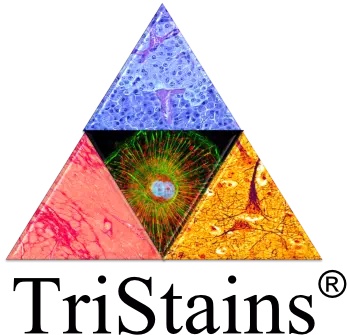


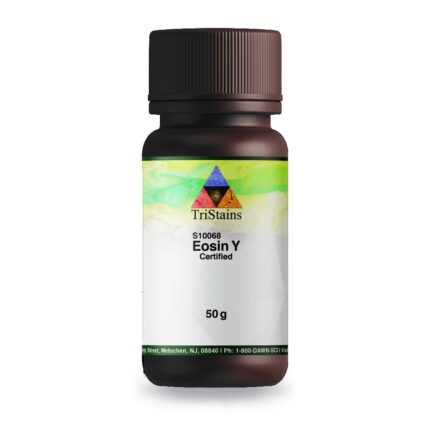
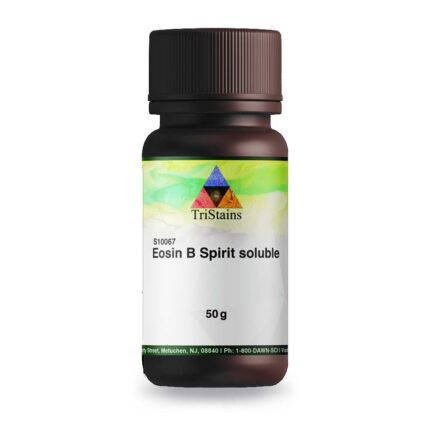
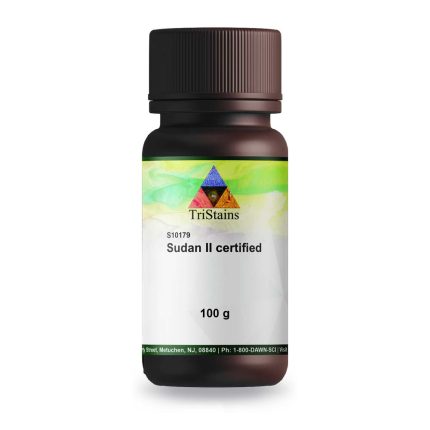
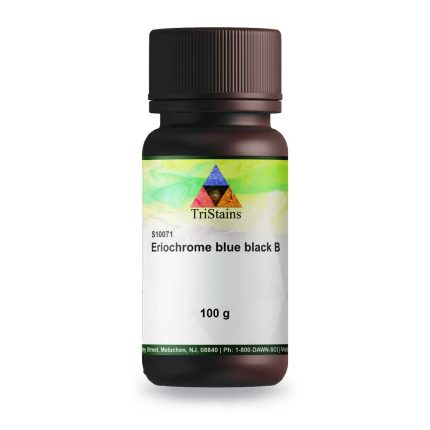


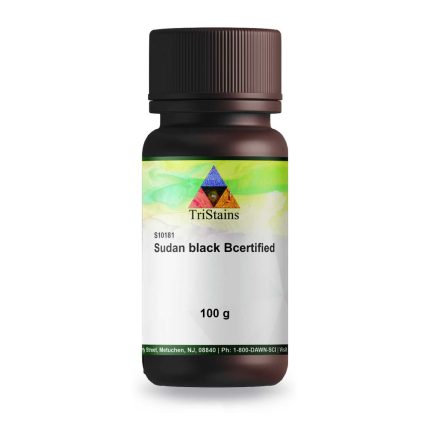



Reviews
There are no reviews yet.